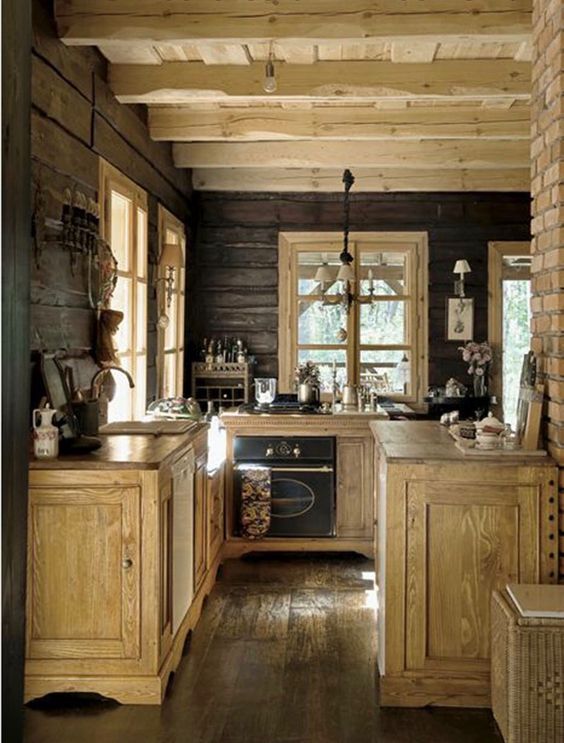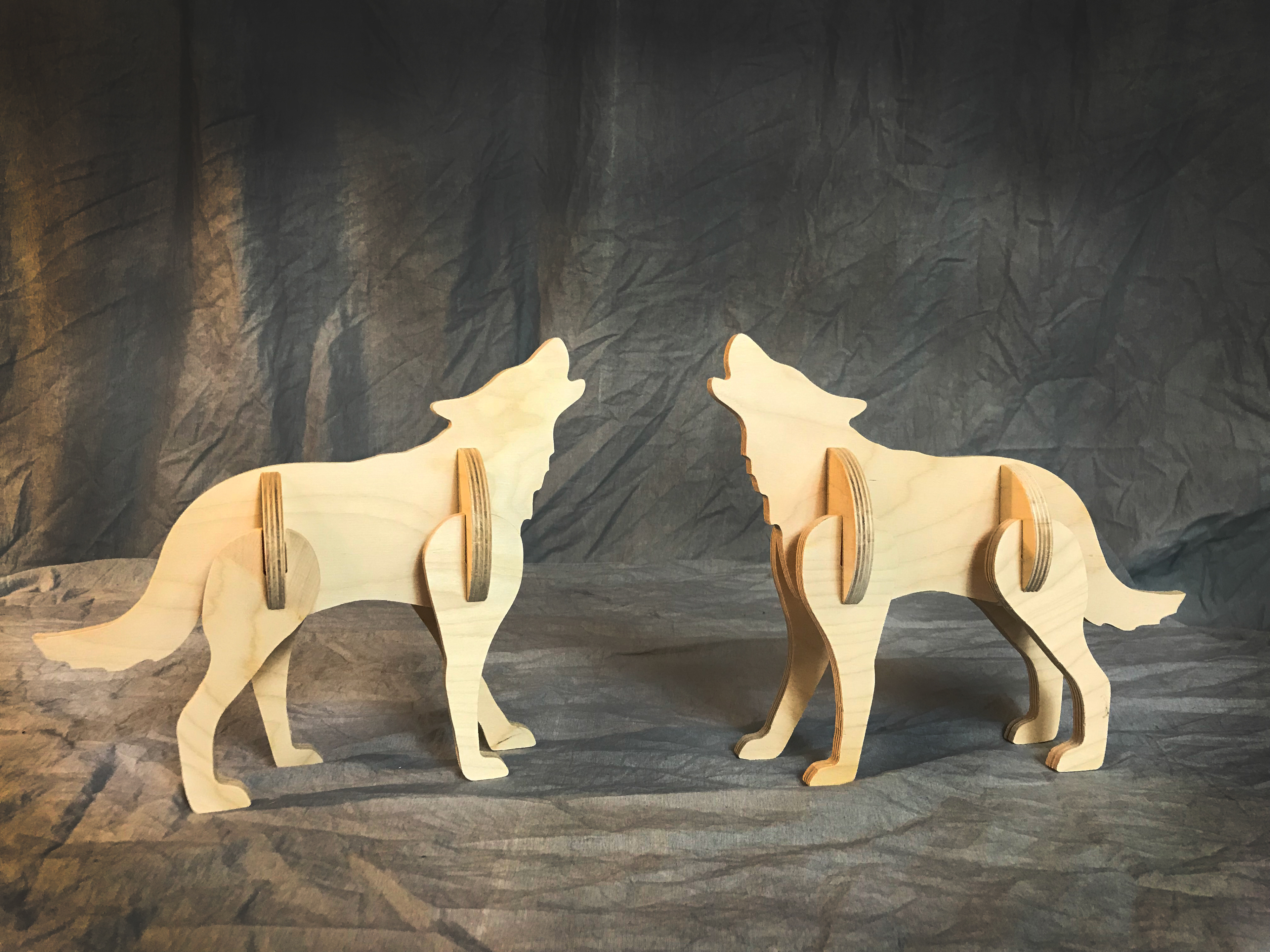How To Make A Slot In Wood
- How To Make A Slot In Wood With Skill Saw
- How To Make A Slot In Wood With A Drill
- How To Make Square Slot In Wood
A spacer limits the movement of the wood. The first step, therefore, is to make a spare. This is a small scrap piece of wood that you will use to fit in for the groove. Afterwards, cut a blade’s thickness wood while keeping the depth of 1″. You will be making a cut at around 1″ above the surface. The reason why two of the blocks have an extra flange of wood is because these flanges are going to slot into the main block, making a finger joint and thus forming a far more solid construction than would be formed by simply gluing the two blocks together.
Handyman's World is a participant in the Amazon Services LLC Associates Program, an affiliate advertising program designed to provide a means for sites to earn advertising fees by advertising and linking to amazon.com.Whether you are trying to make a round counter, a guitar, or need to bend wood for any other purpose, it is worth knowing what the basic methods of doing so are.
In this article, I will take you through five of the most used techniques for turning straight pieces of wood into beautifully bent ones. Among others, we will cover kerf-cut bending and lamination bending. We will also look at what the best type of wood to use with each of the methods is.
Bending Wood: 5 Common Techniques
Of course, there are a ton of different methods of bending wood. Ultimately, they all follow the same principles, but they all vary in levels of difficulty and how much time is required.
Method 1: Water Bending
Perhaps the most common method, water bending has been used for many years. You’ll need a leak-proof tank large enough to fully submerge the wood. Heat the water in the tank up, put in the wood, and wait for the wood to get soaked and heated. Remove the wood, put it on your form, and start the bending process.
How To Make A Slot In Wood With Skill Saw
This is an iterative process, so it’ll take a few tries before the curve is held. Use adhesives and let the wood fully dry when you like the curvature.
To learn more about the process, read my detailed article here.
Method 2: Kerf-Cut Bending
Using a table saw, cut parallel slots along a piece of wood. You want to make sure they’re not too deep, so the wood doesn’t crack or break. Space the slots equally and when you have enough kerfs, start bending. When the desired bend is achieved, fill the slots with adhesive and let it set.
Method 3: Steam Bending
This process is similar to water bending. Start with a stovepipe inside of a large, insulated box. The stovepipe needs to be large enough for your wood. One end of the pipe is open, and the other end has a feed port for your steam source.
Hook up your steam source, insert the wood, and wait for the steam to start making the wood malleable. When the wood is ready, take it to the form, use c-clamps and hold-downs on either end of the wood. Press the wood firmly against the guides on the form, secure it, and leave it there overnight. When the wood is unfastened, it will have the curve of the guides on the form.
Method 4: Lamination Bending
In this method, you’ll start with thin pieces of wood. You’ll glue those thin laminates together. Before the lamination adhesive is cured, take the wood to your form and tightly secure it with driven screws and C-clamps.
Make sure it’s secured tightly against the form.
When the lamination cures, it will have the desired curvature.
Method 5: Heat Bending
In this method, you’ll be using a hot pipe or bending iron to bend your wood.
Soak the wood in water, then take it to your hot pipe, pressing it hard against the heated surface. This will take multiple iterations to get the desired bend. After you’re close to the bend you need, take the wood to your mold and securely fasten it.
This method is similar to steam bending or water bending, but it doesn’t require you to heat the wood while it’s submerged.

Choosing the Right Stock
After learning about the different types of bending, you will definitely want to make sure you have the right type of wood for each.
What Is the Best Wood for Water Bending?
For water bending it’s very important that you pick a piece of air-dried wood with the right species. Hardwoods are always the preferred type of stock for bending because they’re more accepting to be bent. You would like a plank of wood with moisture content over 25%. Use woods like maple, ash, beech, spruce, mahogany, oaks, or hickory.
What Is the Best Wood for Kerf-Cut Bending?
You definitely want hardwood for kerf-cut bending. You want grain consistency in the wood you pick. Popular types of wood would be poplar, maple, ash, European beech, spruce, or mahogany.

This method requires strength in the wood, and softwoods would splinter and fail.
What Is the Best Wood for Steam Bending?
Steam bending usually works better with hardwoods as well. Ash, oaks, hickory, and beech are the best for this method. Additionally, a really green kiln-dried softwood might also work to be steam bent. It’s just too easy for softwoods to snap and refuse to bend.

What Is the Best Wood for Lamination Bending?
For lamination bending, you want to make sure you use a thin piece of wood. You can work with similar species like in the previous methods.
How To Make A Slot In Wood With A Drill
What Is the Best Wood for Heat Bending?
Finally, heat bending follows the same principles as steam bending. As such, you should pick hardwoods like hickory, ash, beech, and oaks for this method whenever possible.
Summary
As you likely know by this point, roughly speaking, there are three ways to bend wood.
You can either heat a wooden board up to an extent where it becomes bendable, you can cut kerfs into a piece of wood to provide space into which the board can collapse, or you can use thin pieces of wood that are easy to bend on their own and stick a few of those together to form a board of your required width.
If you go with the first method, you can heat the wood up either by submerging it in hot water or by steaming it in a sealed box.
Whichever method you choose, you will do best by choosing hardwood for your project. Some of the most popular species include hickory, ash, maple, and oak.
RonB wrote:
> > Well, you could get all tooled up with a hollow chisel mortiser,
> > or all burly with a mallet and a mortising chisel,
> > but if you are more into getting the job done fisrly fast and
> > not buying fancy tools, a good sized router with a carbide bit
> > and a jig should get the job done
> This router approach is kinda what I had in mind when I asked my

> question. I suspected it was a rail-type of fence. You probably
> wouldn't have to go all the way through...just a couple of inches
> to allow the boards to be inserted and fastened.
I should have thought of that. No need to go all the way through the
posts, except that it means the slots are automatically aligned
properly.
I have a floor-standing drill press with a cross-slide vice, I also have
a relatively large router - but no router table. It would be more of a
hassle to set the router up to do these posts vs the drill press.
I suppose I could use a router bit on the drill press.
There are also drills that cut side-ways (don't know what they're called
exactly). If these are cedar posts, I suppose it's soft enough to try
one of those drills instead of a 1' diam x 2' deep router bit.
> > Pay attention to drainage or you'll have rotted boards in
> > short order.
How To Make Square Slot In Wood
I've had some good experience with using PL-Premium adhesive on exposed,
outdoor wood. Seems to hold up well under intermittent water exposure,
and winter/summer temperature swings. I'm thinking that using liberal
amounts of that glue to hold the boards in the slots (and sealing up the
slots in the process) might be the way to go. Yes?